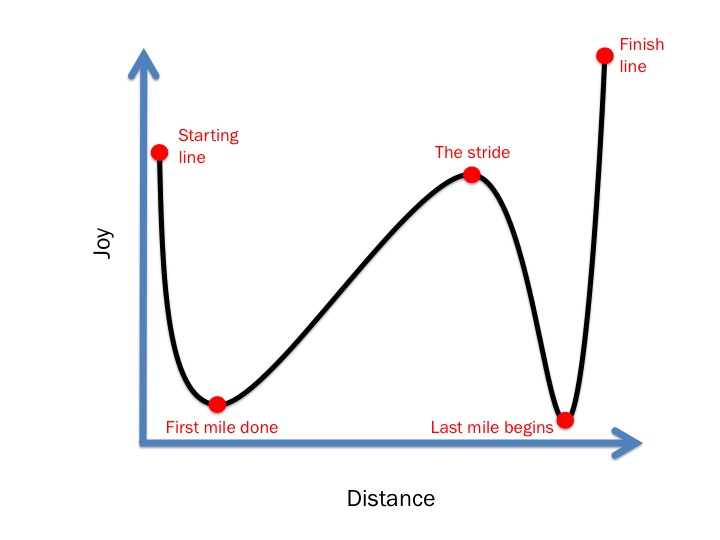I recently read two book excerpts, both about art and the creative process, that I think are extremely relevant to web design, so I wanted to share it here. The first is from the book Art & Fear: Observations on the Perils (and Rewards) of Artmaking, and it tells the story of a ceramics teacher on his first day of instruction:
A ceramics teacher announced on opening day that he was dividing the class into two groups. All those on the left side of the studio, he said, would be graded solely on the quantity of the work they produced. All those on the right would be graded solely on their works’ quality.
His procedure was simple: On the final day of class he would bring in his bathroom scales and weigh the work of the quantity group; 50 pound of pots rated an A, 40 pounds a B, and so on. Those being graded on quality, however, needed to produce only one pot — albeit a perfect one — to get an A. At grading time, the works with the highest quality were all produced by the group being graded for quantity.
It seems that while the quantity group was busily churning out piles of work — and learning from their mistakes — the quality group had sat theorizing about perfection, and in the end had little more to show for their efforts than grandiose theories and a pile of clay.
The second is from Absolute Truths, where a character in Susan Howatch’s novel talks about the struggles she encounters as a sculpter:
(more…)

